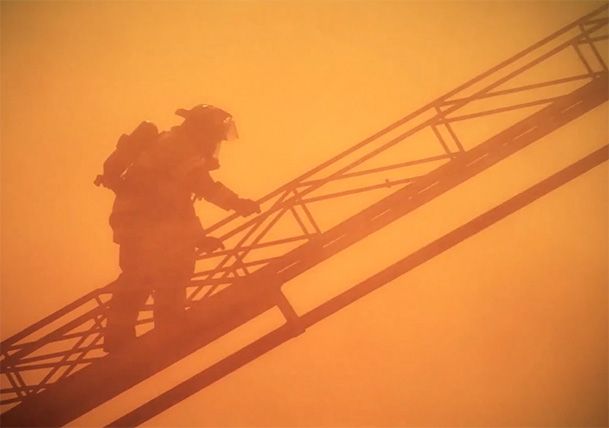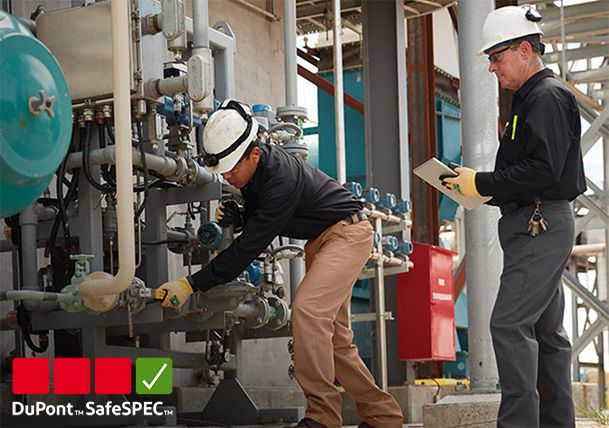Industrial protective clothing
When it comes to protecting workers, there’s only one name you need to know for superior industrial protective clothing and fabrics—DuPont. Our scientists and technicians continue to advance and test materials that keep workers protected against heat and flame, electrical arc flash, cut hazards, chemicals, dry particles, lead, asbestos, mold and hazardous aerosols.
Nomex® for flame-resistant protection
DuPont™ Nomex® fabric solutions are inherently flame-resistant, providing protection that’s built in to the fiber and can’t be washed out or worn away. Innovative Nomex® fabric solutions are lightweight, comfortable and highly breathable, helping provide a cooler and drier feel.
Kevlar® for thermal, cut and abrasion protection
DuPont™ Kevlar® fiber helps manufacturers provide strength at high temperatures, making it ideal for gloves and sleeves used in high-heat applications. Kevlar® is inherently flame-resistant and will not melt, unlike nylon, polyester and polyethylene.
Tyvek® for industrial protection
DuPont™ Tyvek® offers an ideal balance of protection, durability and comfort to workers in industrial applications and contamination control environments, including manufacturing, pharmaceutical, automotive and utilities.
Tychem® for chemical protection
DuPont™ Tychem® helps protect emergency response personnel and workers in a wide range of industries. Chemical protective clothing made of Tychem® has been tested against a broad range of hazardous chemicals.
ProShield® coveralls for non-hazardous exposure
Coveralls made of DuPont™ ProShield® are designed to help protect workers against non-hazardous dry particles and light liquid splash applications.

Tyvek® brand
Learn more
Kevlar® brand
Learn more
Nomex® brand
Learn More